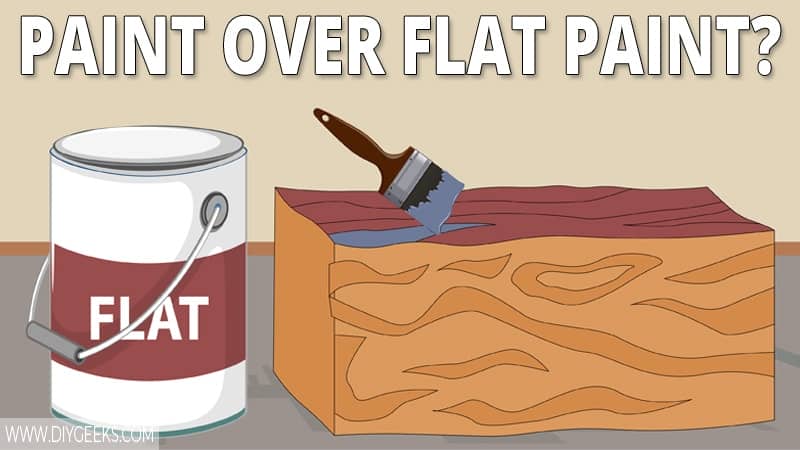Flat or matte paint is a type of paint known for its lack of sheen or gloss and its textured dry finish.
Paints do adhere over flat paint finish as the finish doesn’t have a glossy moisture-resistant layer that prevents paint penetration or adhesion.
You can paint over flat paint without sanding or priming, but the paint must be clean, dry, and in good condition.
Do Paints Adhere over Flat Paint?
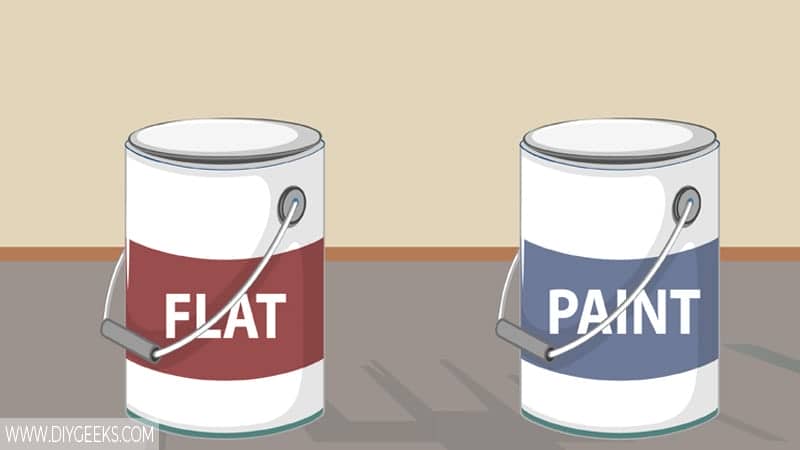
Paints do adhere over flat paint finish as the finish doesn’t have a glossy or protective layer that prevents paint adhesion. Flat paint when dry forms a texture dry finish that isn’t glossy or water resistant and allows paint penetration and adhesion.
If the flat paint is damaged, wet, cracked, or chipping off, new paint won’t adhere to it unless you fix these problems.
Paint doesn’t adhere over sealed flat paint as the sealer will prevent paint penetration or adhesion. Sealers form a glossy moisture-resistant protective layer over the paint and prevent liquids or paints from penetrating or adhering to the coating.
If you apply paint over a sealed paint finish, the new paint will remain wet and slide off the finish eventually. You must either sand the glossy moisture-resistant layer off or remove the entire finish before painting over it.
Can You Paint over Flat Paint Without Sanding or Priming?
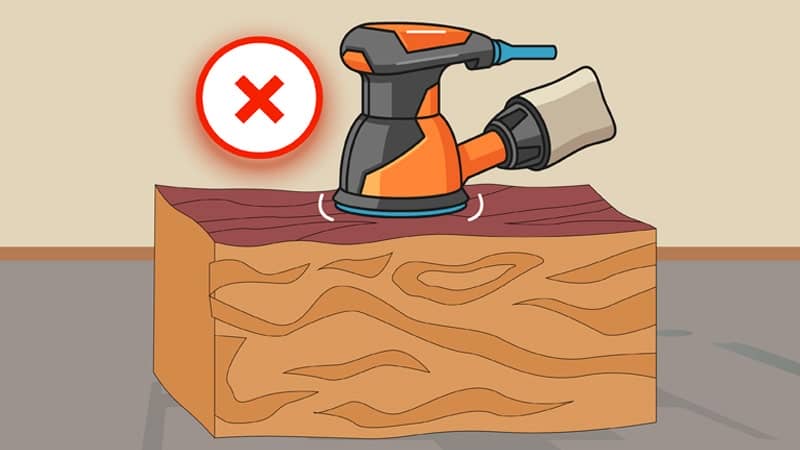
You can paint over flat paint without sanding or priming, but the paint finish must be clean, dry, and in good condition. If the paint finish is filthy, wet, or damaged, you must sand and prime before painting over it.
Sanding removes imperfections and bumps from the surface and creates tiny pores (holes) that the new paint can penetrate and adhere to. The primer covers imperfections and holes in the finish and creates a smooth layer that the new paint can adhere to.
How To Paint Over Flat Paint?
To paint over Flat paint, do the following things.
- Inspect the Flat Paint Finish.
- Sand the Paint Finish.
- Apply the New Paint.
- Seal the New Finish.
The tools you need for this project are listed below.
- Clean rags
- A cleaning solvent
- Primer
- Brush
- A pair of gloves
- Sandpaper
- A gallon of paint
- A bucket
1. Inspect the Flat Paint Finish
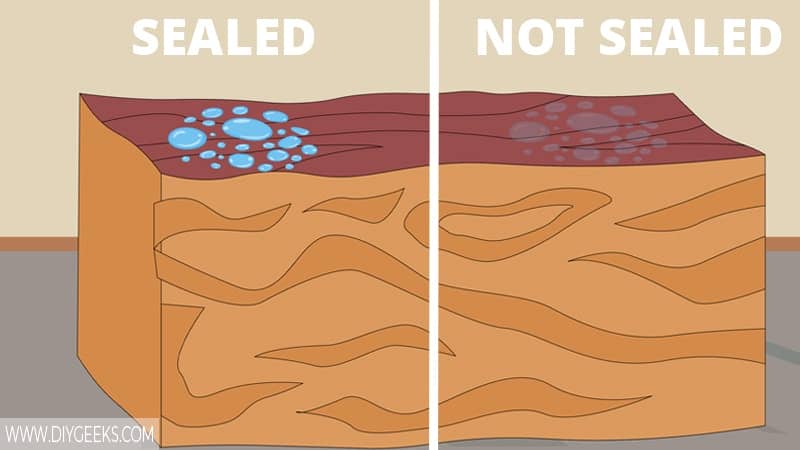
Inspect the flat paint finish to see if it’s sealed, damaged, or wet. If the paint finish is sealed, damaged, or wet, you must remove the sealer, fix the damage, or dry the finish.
To know if the paint finish is sealed, do the following things.
- Pour a few drops of water over the finish.
- Wait a few minutes.
- If the finish absorbs the water, the finish isn’t sealed.
- The finish is sealed if it doesn’t absorb the water.
Flat paint is water-based and doesn’t have a glossy layer that repels water. If you apply water over it, the paint will absorb it. But, if the paint is sealed, the sealer will prevent water penetration.
If the paint finish is damaged, use a filling compound or sand it off to fix it. If the paint finish is wet, dry it or find and fix the water leak problem before painting over it.
2. Sand the Paint Finish
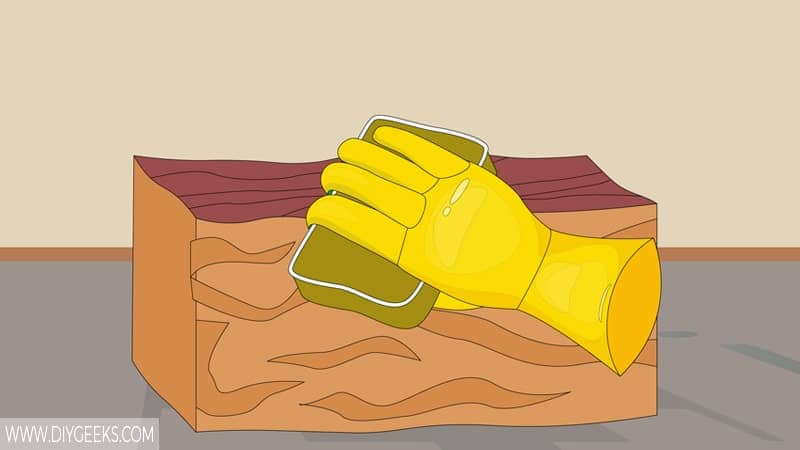
Sand the paint finish to remove imperfections and bumps, and create tiny pores (holes) that the new paint can penetrate and adhere to.
To sand flat paint before painting it, use fine-grit sandpaper (220-grit). Don’t use coarse or medium-grit sandpaper as it can remove the entire paint finish.
You can skip sanding if the flat paint finish is in good condition and doesn’t have imperfections.
If the paint finish is cracked or has holes, use a filling compound or apply two (2) primer coats to fill and cover them.
3. Apply The New Paint
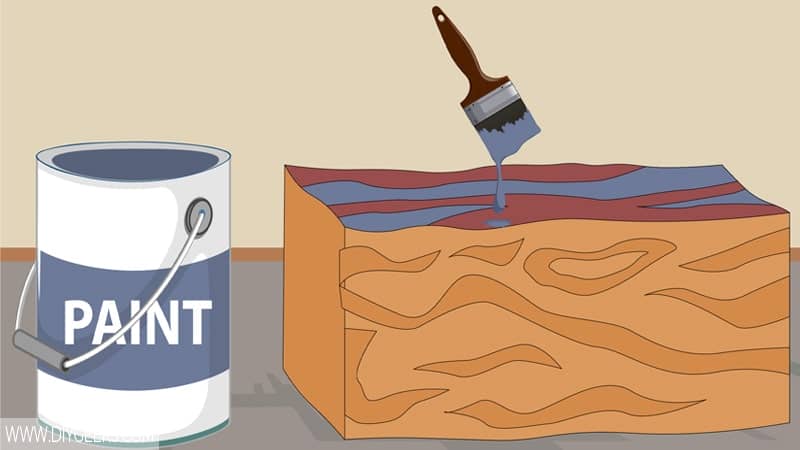
Apply two (2) paint coats over the flat paint using a paintbrush, sprayer, or roller. Wait until one coat dries before applying the next one.
The exact paint coat number depends on how thick the existing flat paint finish is. The thicker it is, the fewer new paint coats you must apply.
4. Seal The New Finish
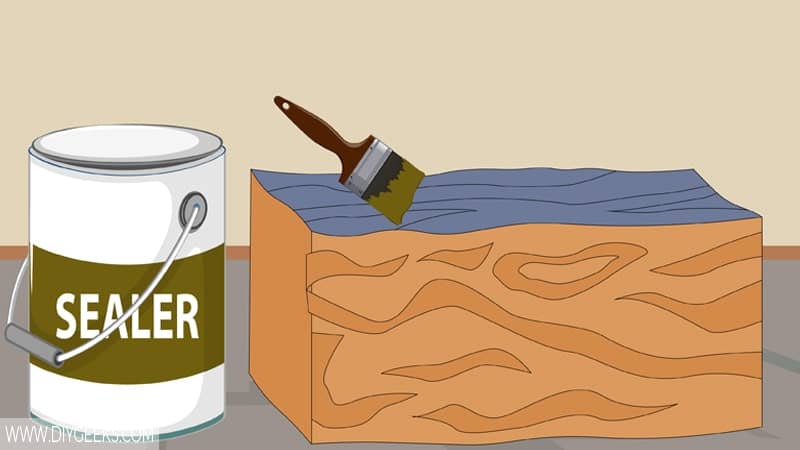
Seal the new finish with a sealer, such as polyurethane or varnish. The sealer will produce a glossy moisture-resistant coating over the paint and protect it from moisture, water, and scratches.
Can You Paint over Flat Paint With Different Paint Types?
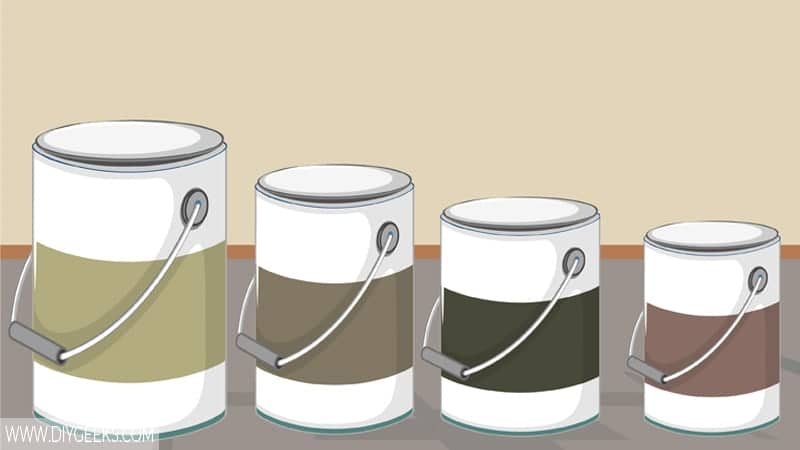
- Eggshell. You can apply eggshell paint over flat paint as both paints are water-based and compatible. You can also mix these two paints to create a unique finish.
- Satin. You can apply satin paint over flat paint, but you must lightly sand the paint finish first.
- Semi-Gloss. You can apply semi-gloss paint over flat paint without sanding or priming.
- High-gloss. You can apply high-gloss paint over flat paint to protect it from moisture, water, and scratches. However, flat paint must be clean without imperfections as high-gloss paint reveals imperfections when dry.
- Water-based Paints. You can apply water-based paints over flat paint as both have a water-based formula and are compatible. However, you must seal the finish as water-based paints aren’t durable or protective.
- Oil-based Paints. You can apply oil-based paints over flat paint.
